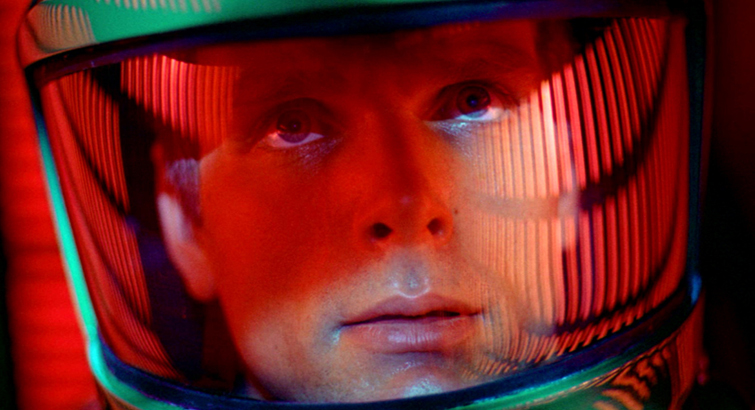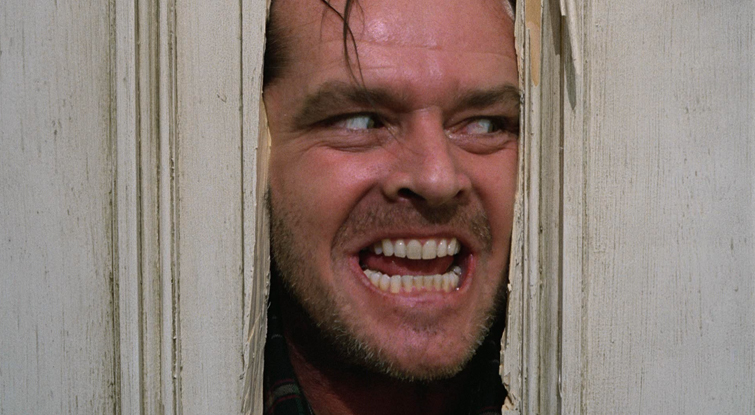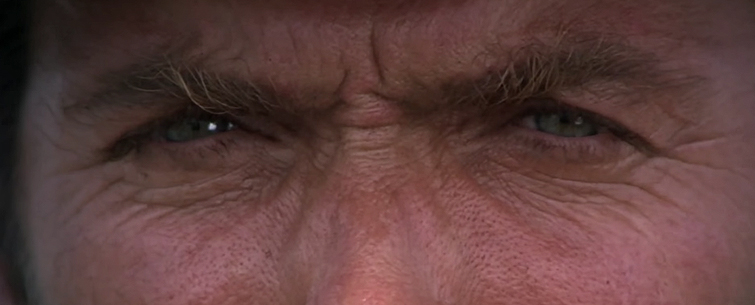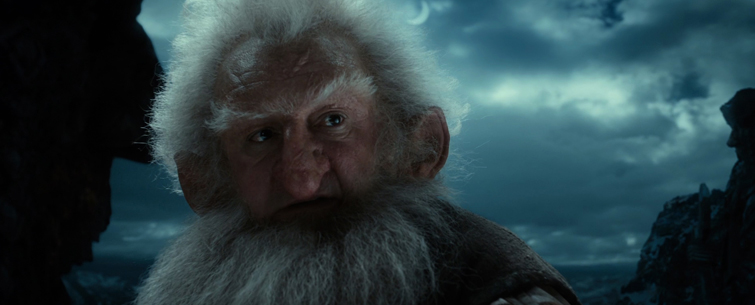
How to Shoot Close-Up Shots Like Sergio Leone
Close-up shots are perfect for building tension and guiding the audience’s focus. Let’s look at how they’ve been utilized by Sergio Leone and others.
Top Image: The Good, The Bad and The Ugly via United Artist.
Director Sergio Leone was a master filmmaker who worked with the likes of Clint Eastwood, Robert De Niro, Charles Bronson and Henry Fonda to create some of the greatest films in history. One thing that Leone did better than anyone else was to utilize the close-up shot.
Close-up shots are one of the standard shots used in filmmaking. The most common use of a close-up shot is as a cutaway from a wide or long shot into a more detailed shot. They are always a detailed shot, but just like the other standard shots, they have different levels of framing from medium and extreme to the lean-in and lean-out.
They also have very specific meanings behind them. Let’s explore some of the best instances of close-up shots in film history, and find out why they were used. Many of the shots we’ll explore are from master filmmaker and close-up guru Sergio Leone, but we’ll also explore the application of the shot by other master filmmakers.
The Close-Up
The standard close-up shot will frame the subject’s face in such a way that it fills the frame. There is this unwritten rule that tells you not to place the subject of the close-up shot in the center of the frame, but rather frame them in respect to the golden mean, or golden section. As you’ll see, not every filmmaker takes this to heart.

Image: From Once Upon a Time in the West via Paramount Pictures.
In fact, this was a rule that Sergio Leone broke quite often when filming, especially in this shot from Once Upon a Time in the West. Here Sergio frames Charles Bronson directly in the center of the frame so that he’s looking directly at the audience. Leone used this frame to introduce the hero as a calm and collected man in a moment of real tension, which is a great use of the close-up.

Image: From 2001: A Space Odyssey via Metro-Goldwyn-Mayer.
Another master filmmaker that broke this rule often was Stanley Kubrick, who was known for his one-point perspective framing. In this close-up, Dave looks just off frame, but through the reflection in his helmet we get that famous one-point perspective with Dave being our focal point. By capturing this close-up shot, Kubrick was able to heighten the tension of this scene as Dave moves to deactivate HAL 9000.
The Medium Close-Up
The medium close-up shot frames the subject or character from the top of their shoulders to the top of their head. This is the widest that a close-up shot will ever get. It’s really meant to be a bridge in terms of moving from a wide shot to a close-up.

Image: From The Good, The Bad and The Ugly via United Artist.
In the final duel of Leone’s The Good, the Bad and the Ugly, the director places the characters in a triangle formation as they get ready to draw down for the gold. Sergio begins the scenes with a standard medium shot. He then pushes in a little tighter to the medium close-up shot. And then he finishes even closer with the extreme close-up. The tension becomes almost unbearable as he films all three characters in the same manner.

Image: From Star Wars Episode I: The Phantom Menace.
While we old school Star Wars fans were pretty disappointed with the prequels, there is one thing we can all agree on: Darth Maul is a rad character. In one of the best shots of the film, we get this medium close-up shot of Darth Maul with a slight push in. This is cut in just after a prolonged lightsaber duel with Obi-Wan and Qui-Gon. The shot’s framing is meant to heighten the dominance of Maul.

Image: From The Shining via Warner Bros.
Another great medium close-up shot that really enhances the dramatic tension is this scene from The Shining, also directed by Stanley Kurbick. Here we see Jack peeking through the door after he’s chopped open a gap and poked his head through to deliever one of the best lines in film history, “Here’s Johnny!” This was a perfect cut into the scene, as it really ramped up the chaos of the moment — not only for Shelley Duvall, but for the audience as well.
The Extreme Close-Up
An extreme close-up shot is where you frame a specific feature of the subject or character, like the mouth talking or an eye looking around. These are mainly used as cutaways from a medium close-up, and more times than not, this type of close-up shot focuses on the eyes of the character.

Image: From The Good, The Bad and The Ugly via United Artist.
Once again, as we saw in the medium close-up, Sergio Leone jumps between each character, moving closer and closer to their eyes. Here we see Clint Eastwood looking toward the camera, which is in response to the previous shot where Van Cleef looks just off camera toward Clint. Here the close-up is used to connect the concentration of the characters and to once again heighten the dramatic tension of the scene.

Image: From The Hobbit: The Desolation of Smaug via New Line Cinema.
Another director that loves to utilize close-ups is Peter Jackson. In the above clip from The Hobbit: The Desolation of Smaug, actor Lee Pace turns toward the camera as Legolas and the other elves lock the dwarves away. The way Jackson uses the this extreme close-up shot is very interesting because it’s used as a reactionary cutaway. Even though Pace’s character isn’t present in the space, he can sense what is happening around him, so Jackson uses the extreme close-up shot to relay this to the audience.
The Lean-In & Lean-Out
The final type of close-up shot that we’ll discuss is called the lean. While this isn’t exclusively a close-up shot, the lean shot does do one of two things… It either begins in a close-up shot or ends with a close-up shot. These two different versions of the lean are called the lean-in and the lean-out. Leans are used quite often in films and come in very different framing styles. Here are a few examples.

Image: From Brazil via Brazil Productions.
First up, we’ll look at a version of the lean-in shot from Terry Gilliam and his film Brazil. While it can easily be argued that this is merely a medium tracking shot, Terry utilizes the motion of the character to pull off this lean-in. As Jack Lint walks down the catwalk toward Sam, the camera tracks closely. But then Jack stops, turns back toward the camera and there is a slight lean-in to bring Jack and the baby mask into a close-up.
By using a very wide-angle lens, Terry is reducing the normal close-up framing, but he’s also adding visual information in conjunction with the close-up shot.

Image: From The Hobbit: The Desolation of Smaug via New Line Cinema.
Again, Peter Jackson loves to use a type of lean-in shot with his dolly movement. In this scene from The Hobbit: The Battle of the Five Armies, Jackson frames Balin with a close-up shot as he delivers an impactful line. This line is highlighted and given more emphasis with a dolly-in from a medium shot to the close-up shot that you see. Again, it’s all about knowing when and where to utilize certain visual language like this to aid your narrative.

Image: From Dawn of the Planet of the Apes via 20th Century Fox.
Lastly, in the film Dawn of the Planet of the Apes, we get the best of both worlds as director Matt Reeves bookends the film with extreme close-up shots of Caesar. In each instance he is using both the lean-in and the lean-out. Above we see the first frame of the film… the extreme close-up shot which then pulls back into a medium shot. At the end of the film the reverse is presented. This is utilized to draw the audiences attention to the eyes, which in turn make Caesar more human, and more sympathetic.
Know of any other directors that utilize the close-up shot like Sergio? Which is your favorite type of close-up shot? Let us know your thoughts in the comments below.





